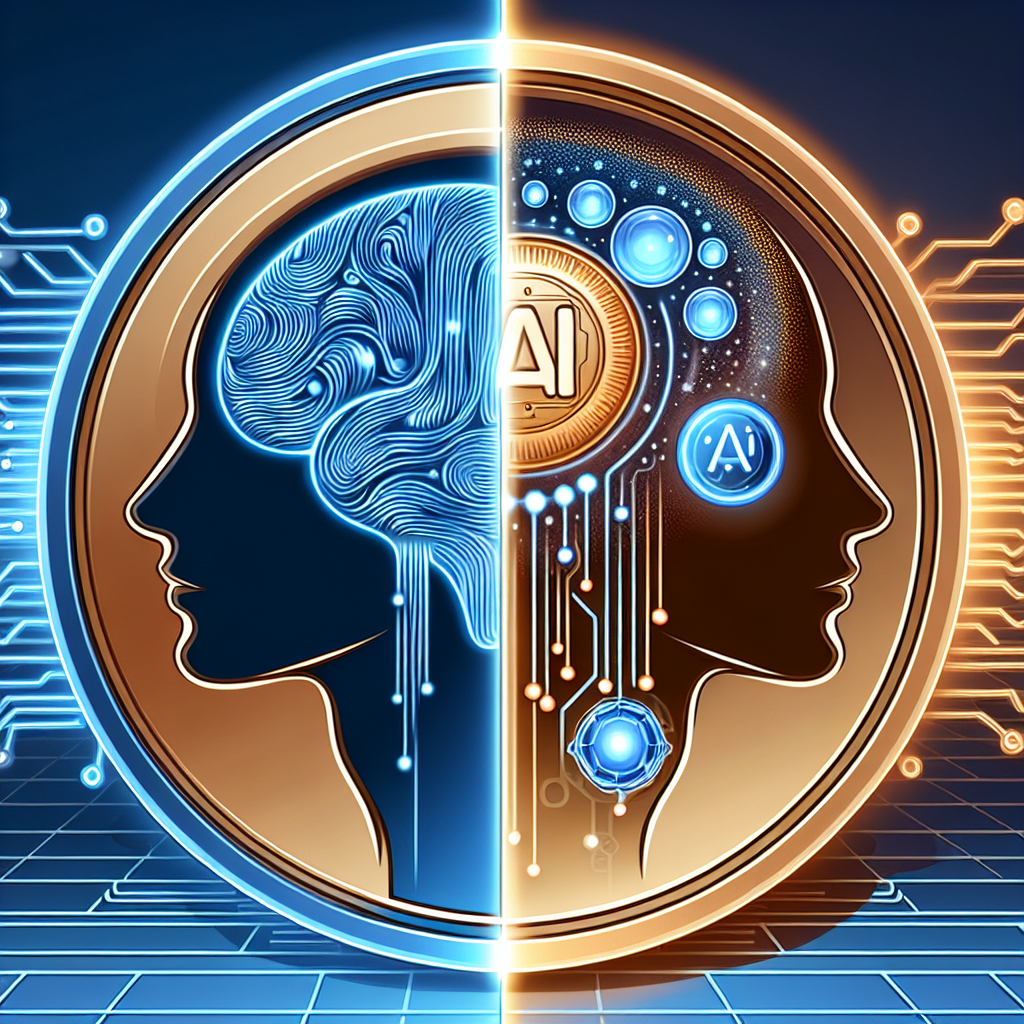Deepfake Technology Ethics and Uses
In 2018, a convincing video surfaced showing former U.S. President Barack Obama warning the public about the dangers of manipulated media. The video seemed authentic—until you learned that Obama hadn’t actually said those words. It was a hyper-realistic creation made using AI-powered deepfake technology. This moment marked an inflection point in understanding not just the technology’s incredible capabilities but also the profound ethical concerns and applications of deepfake technology.
What Is Deepfake Technology?
Deepfake technology refers to audio, video, or image content that has been manipulated using artificial intelligence to convincingly impersonate real people. The term “deepfake” comes from “deep learning,” a subset of AI, which enables machines to learn and replicate realistic human gestures, facial expressions, and voice patterns. Widely available tools now allow even amateurs to create startlingly realistic media, once the domain of special-effects experts and government agencies.
Ethical Concerns Surrounding Deepfakes
As the barrier to using AI-powered deepfake technology drops, so too does the control over its deployment. Ethical issues have become increasingly urgent, especially in an era where misinformation spreads rapidly online and public trust in media is fragile. Key ethical concerns include:
- Misinformation and Fake News: Deepfakes can be used to fabricate speeches and actions, leading to the manipulation of elections, financial markets, and social unrest.
- Consent and Identity Theft: Celebrities and private individuals alike have become victims of non-consensual deepfakes, particularly in the realm of explicit content.
- Erosion of Public Trust: As deepfakes become more convincing, people may start doubting legitimate media, a phenomenon dubbed the “liar’s dividend.”
Innovative and Positive Applications
Despite these risks, there are legitimate and even groundbreaking uses for deepfake technology that can benefit society. When used ethically, its potential is vast:
- Entertainment and Media: Movie studios use deepfakes to de-age actors or resurrect deceased performers for new roles.
- Education and Training: Interactive historical recreations and virtual trainers improve learning experiences across disciplines.
- Accessibility: AI-generated avatars can translate sign language in real time, offering new tools for the hearing impaired.
How Policy and Technology Can Align
Finding balance in the use of deepfake technology requires collaboration between innovators, policymakers, and public watchdogs. Laws targeting malicious deepfakes are already in development, with countries like the U.S. and China taking early legislative steps. At the same time, tech giants are investing in deepfake detection tools and educational resources.
For those interested in understanding how AI algorithms power this technology and how detection tools can keep pace, MIT’s Media Lab offers an extensive overview (MIT Media Lab Deepfake Detection Overview).
The Dual-Edged Sword of Deepfakes
AI-powered deepfake technology is a double-edged sword—capable of enabling innovation but equally primed to erode public trust if left unchecked. As these systems evolve, so too must our ethical frameworks, laws, and awareness. By openly confronting deepfake technology ethics and uses, society can work toward harnessing its benefits while mitigating its dangers.

